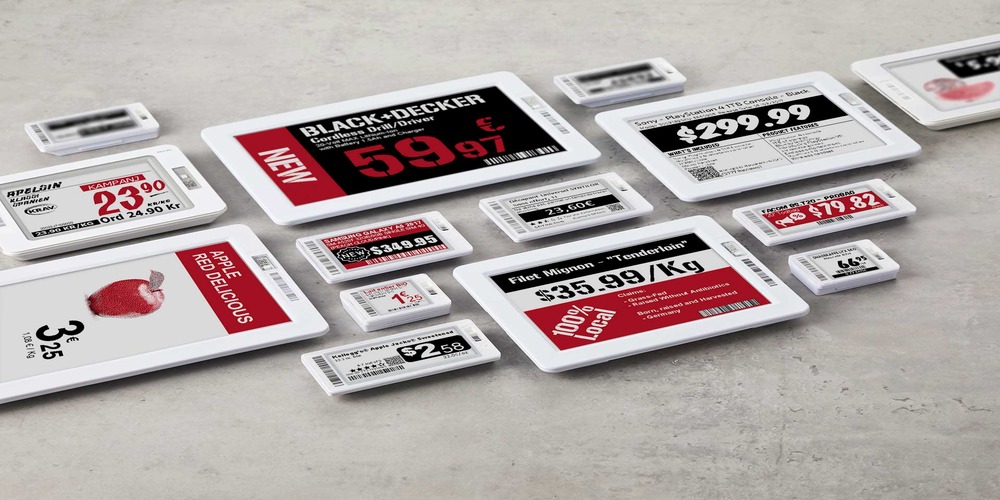When it comes to shopping, I'm a pretty outgoing person. I'll go into stores and try different things as if they were all free. But there's one thing that always holds me back: the price tag. That little sticker on the shelf can be intimidating because it doesn't give you much information about what you're buying or how much it costs. Instead, it's just some number that says, "This costs $20," without explaining why it does or whether there's anything cheaper out there on the market that would also have those qualities—or even ones better than them!
Why are prices so hard to keep track of?
The reason it’s so hard for consumers to keep track of prices because they are always changing. Prices change due to new technology, lower costs of goods, and taxes that may be added to the cost of an item. These factors make it difficult for businesses to keep their prices accurate or consistent.
In addition, sometimes it’s unclear what exactly a product costs without looking at its tag or glancing at your phone at an app like Google Maps (gasp!). Finally, some people don't even know how much something should cost! For example: If you want some delicious ice cream but didn't bring any cash with you today because your debit card is maxed out from last week's shopping trip...good luck figuring out if those two new flavors are worth $4 each or not!
But what if price tags could change themselves?
But what if price tags could change themselves? What if they could display the latest price or adjust the price based on demand? This is where digital price tags come in.
Digital price tags use technology to track prices and by doing so, they can change themselves for you. They can also be used for more than just products; imagine a restaurant changing its menu as soon as ingredients run out or a store tracking inventory levels of each item sold!
So what are digital price tags?
So what are digital price tags? They're an innovative way to track prices, changing the face of retail forever.
Digital price tags are all about real-time updates: as new products come in or inventory goes out, digital price tags automatically update their prices. This way, you can keep your store stocked without constantly updating all your signage.
How do digital price tags work?
Digital price tags work by scanning the barcode on an item and sending its information to a cloud database. The cloud compares the scanned price tag information to a database of prices, and if there is a difference between them, it will automatically change the digital price tag display.
What's the difference between true digital pricing and regular digital price tags?
True digital pricing is dynamic pricing. It's a more accurate reflection of the market and more useful to customers, but it's not quite as simple as it sounds. Regular digital price tags are static—they don't change until the store manager manually changes them or the item goes on sale.
Dynamic pricing uses data from various sources to determine an item's current price based on demand, inventory, competitor prices, seasonality, and even weather conditions (not just for groceries). This allows stores to offer lower prices when there's excess inventory or higher ones during peak seasons like back-to-school sales or Black Friday week. Dynamic pricing also allows stores to accurately forecast revenue at different times throughout their business cycle so they can plan staffing levels accordingly and avoid overstaffing during slow periods without having empty shelves in high-demand times.
Are there other options for dynamic pricing?
There are many other ways to change prices, too dynamically. For example:
- Prices can change based on demand. If you're looking for a book with only one copy left, the price will rise as more people realize they want it.
- Prices can change based on the time of day. For example, if you're shopping at an outdoor market during cold weather, vendors may lower the price of winter clothing items to make them more affordable.
- Prices can change based on weather conditions or seasons (it's not just for vacations anymore!). For example, if it's rainy outside and people don't want to go shopping, retailers might drop their prices so that people will come inside instead.
When will we see these in stores?
Digital price tags are already here. You might not have noticed them, and that's okay—the technology is still new. But it's gaining steam, and we expect to see it in more stores soon.
Digital price tags are a huge technological advancement for businesses of all sizes: they help companies track prices, manage inventory, and improve the overall shopping experience for customers. In this blog post, we'll explore how digital price tags work and why they're so important for retailers today.
These rate changes in real time, so you'll always know exactly how much something costs.
Digital price tags are a great way to track prices, learn how much things cost, and find the best deals. They will help you save money by showing you the true value of an item and how much it has dropped in price over time.
These digital price tags can also help make better buying decisions by providing information about items that may be on sale or if they're currently at their lowest possible price. Using them, you avoid overpaying for something by being aware of every change in prices across all retailers.
Conclusion
We're excited to see new options for pricing and tracking prices become available in the retail world. Digital price tags are a great way for stores to keep track of how much things cost, but there are other options out there as well. We'll be following these developments closely because we know how important it is for you to know how much something costs before or not committing to buy it!


